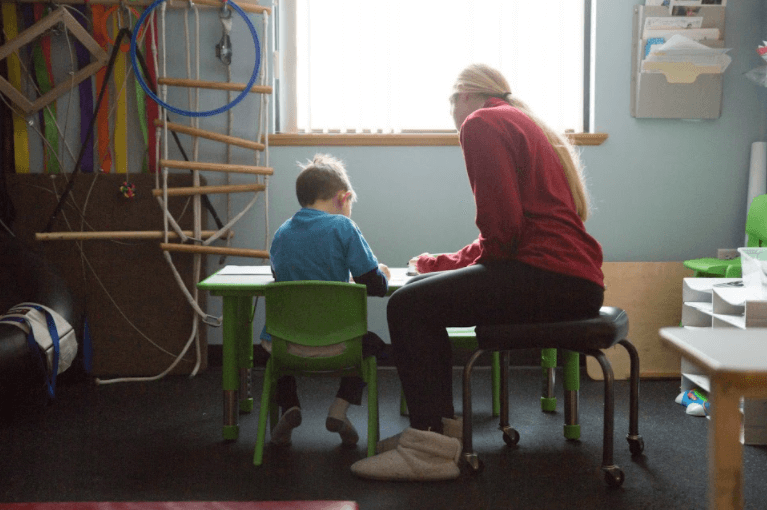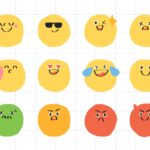When a child is diagnosed with autism, the doctor may recommend Applied Behavior Analysis (ABA) therapy, as research has shown this to be an effective intervention. As parents begin to seek out providers, they will learn that ABA therapy is not a small commitment. Children will typically be in ABA therapy anywhere from 10 to 30 hours per week. Parents often wonder how these hours are determined, why the number is so high, and what commitment they should expect for their child.
How Are ABA Therapy Hours Determined?
ABA Evaluation
During the initial stages of ABA therapy, an evaluation will be performed by a Board Certified Behavior Analyst (BCBA). The child’s skills will be assessed, and the parent will be interviewed directly by the practitioner in order to learn more about the family and child. Sometimes the child will also participate in the interview, if warranted. During the evaluation, the practitioner will observe how the environment affects the child’s behavior and conduct a skills-based assessment(s) to determine the child’s baseline skill levels.
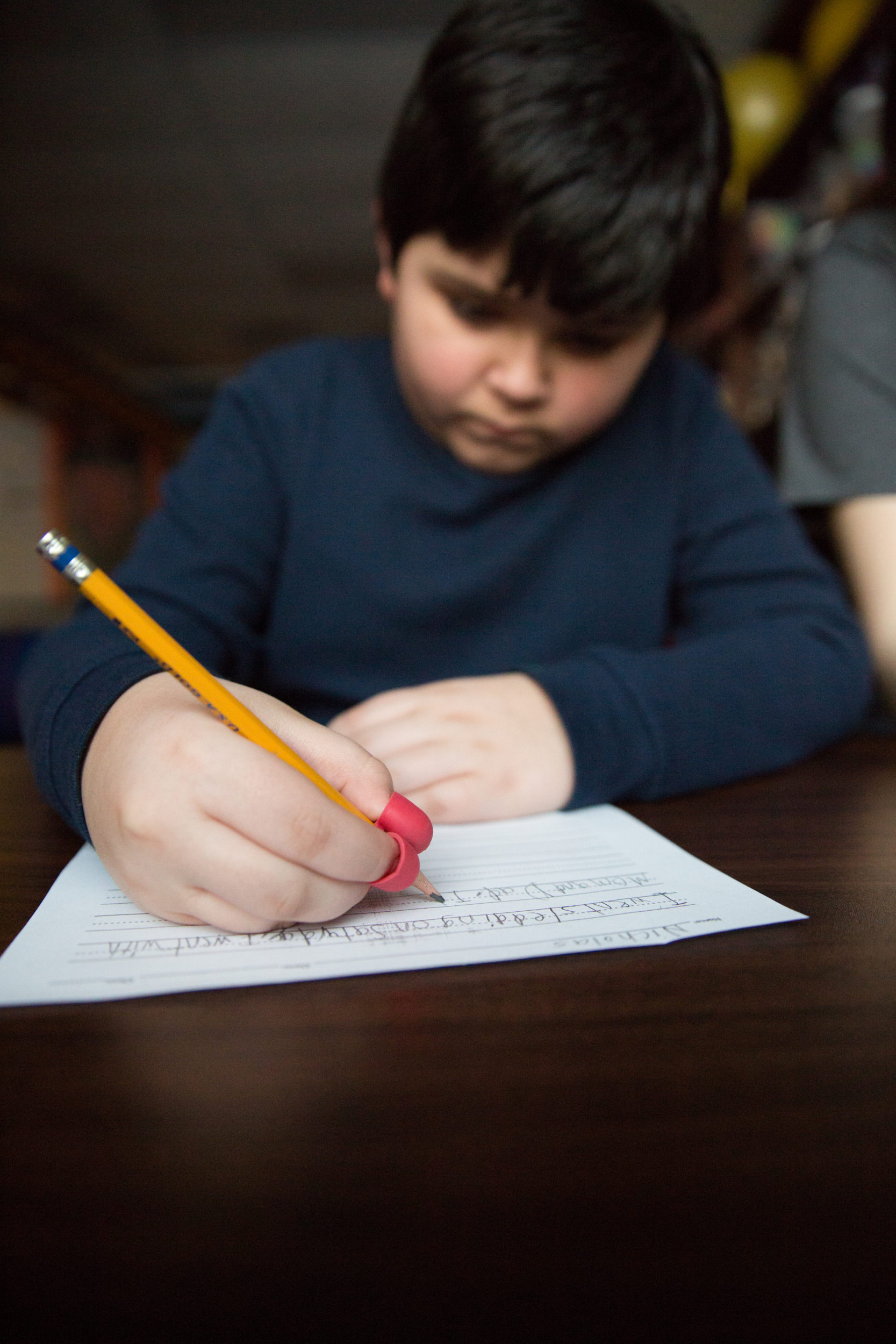
Reviewing Results
After the evaluation is conducted, the practitioner will review the data, look over the assessment results, reread the intake information provided, and review the parent interview to determine how many hours of therapy are clinically recommended. The number of hours will be recommended based on the proposed treatment plan and what is most fitting to help the child become as independent as possible with improved quality of life long-term.
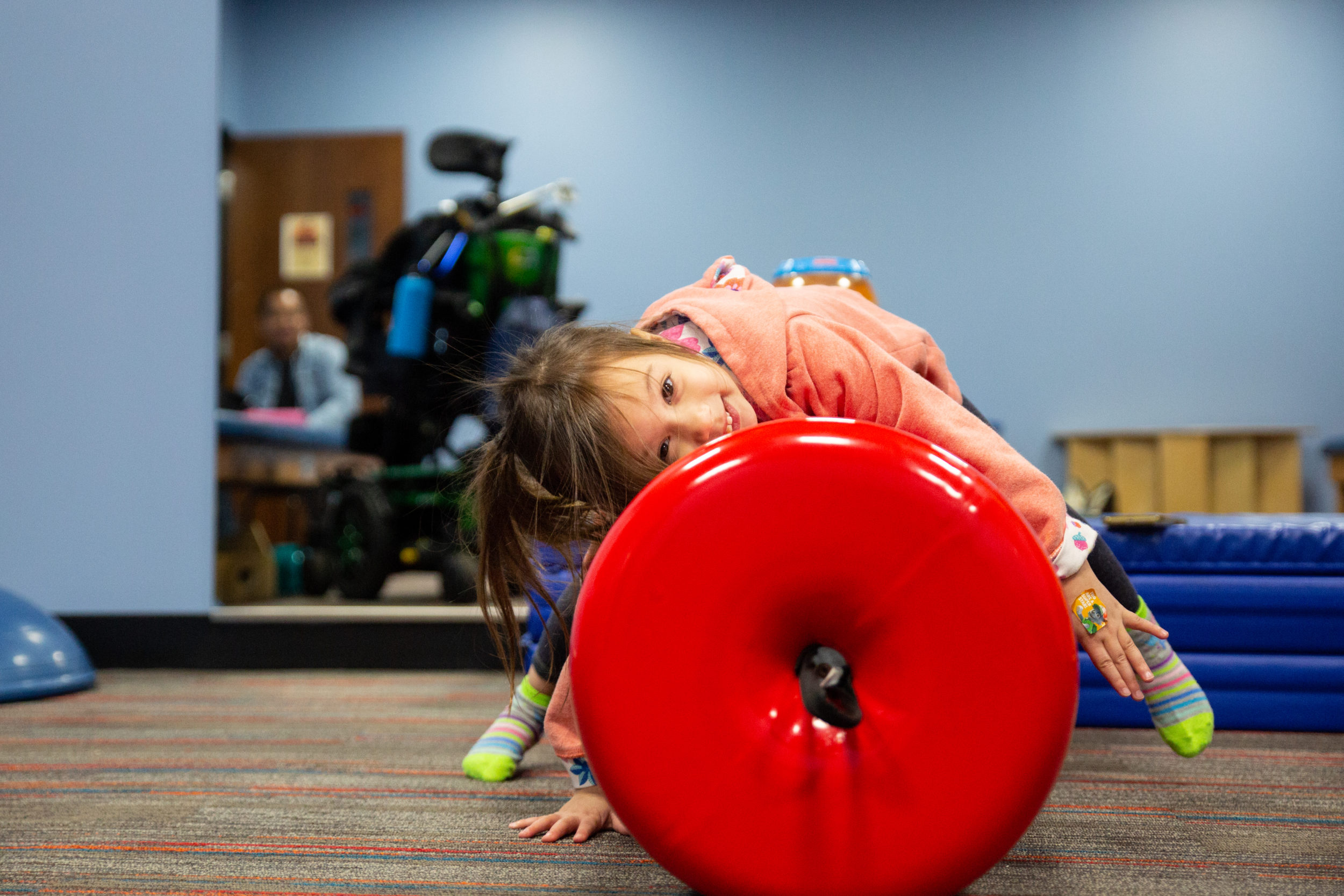
Making a Recommendation
There are many variables that go into determining a clinical recommendation for intensity and duration of ABA therapy. Some of these variables include how many goals will be targeted, intensity, and level of interfering behaviors, what the interfering behaviors look like, medical needs, and parent/guardian coaching needs. Throughout the treatment plan, the BCBA will re-assess the child to see if changes are needed in the recommendation of hours. The BCBA should always collaborate with caregivers to help create socially-significant goals, or goals that are going to help the individual and their family improve quality of life for all.
Types of ABA Treatment Plans
The Council of Autism Service Providers outlines two types of treatment models – (1) Focused and (2) Comprehensive Treatment – that are based on best practices for ABA therapy. Their practice guidelines stress the importance of each plan being individualized, stating:
“All aspects of ABA interventions must be customized to the strengths, needs, preferences, and environmental circumstances of each individual client and their caregivers, and must be flexible so as to accommodate changes that occur over the course of treatment.”
In the sections below, we will go through both of the treatment plan models and explain how hours may change over the course of treatment.
Focused Treatment Plan
Focused ABA treatment typically consists of 10-25 hours of one-on-one direct therapy and/or group therapy (for social goals). This treatment plan is recommended when there are a limited number of behavioral targets.
Per the Council of Autism Service Providers’s ABA practice guidelines, “it is not restricted by age, cognitive level, or co-occurring conditions.” Goals of a focused treatment plan target functional skills such as social, self-help, and community integration skills to help the child develop increased independence. They concentrate on the social skill deficits that are preventing the child from interacting socially with others. Focused treatment plans can sometimes be used as a way to fade out from a Comprehensive ABA Treatment program.
Comprehensive Treatment Plan
Comprehensive ABA treatment is a larger commitment. It typically consists of 26-40 hours of one-on-one direct therapy each week. This type of intensive treatment program will be recommended when a child shows deficits in the majority of developmental domains. This type of intensive therapy begun at an early age has been scientifically proven to provide the best outcomes for the child.
During this course of treatment, the child will work on multiple skill domains to increase independence and improve their quality of life. Some of these skill domains include communication and language, social skills, community integration, coping and tolerance skills, and learning-readiness skills.
This treatment program also focuses on decreasing behaviors that are interfering with learning, such as physical aggression, yelling, and self-injurious behaviors. Individuals who are older and display severe behaviors that are interfering with their quality of life and independence can also be recommended for comprehensive treatment programs.
How ABA Therapy Hours Change Over Time
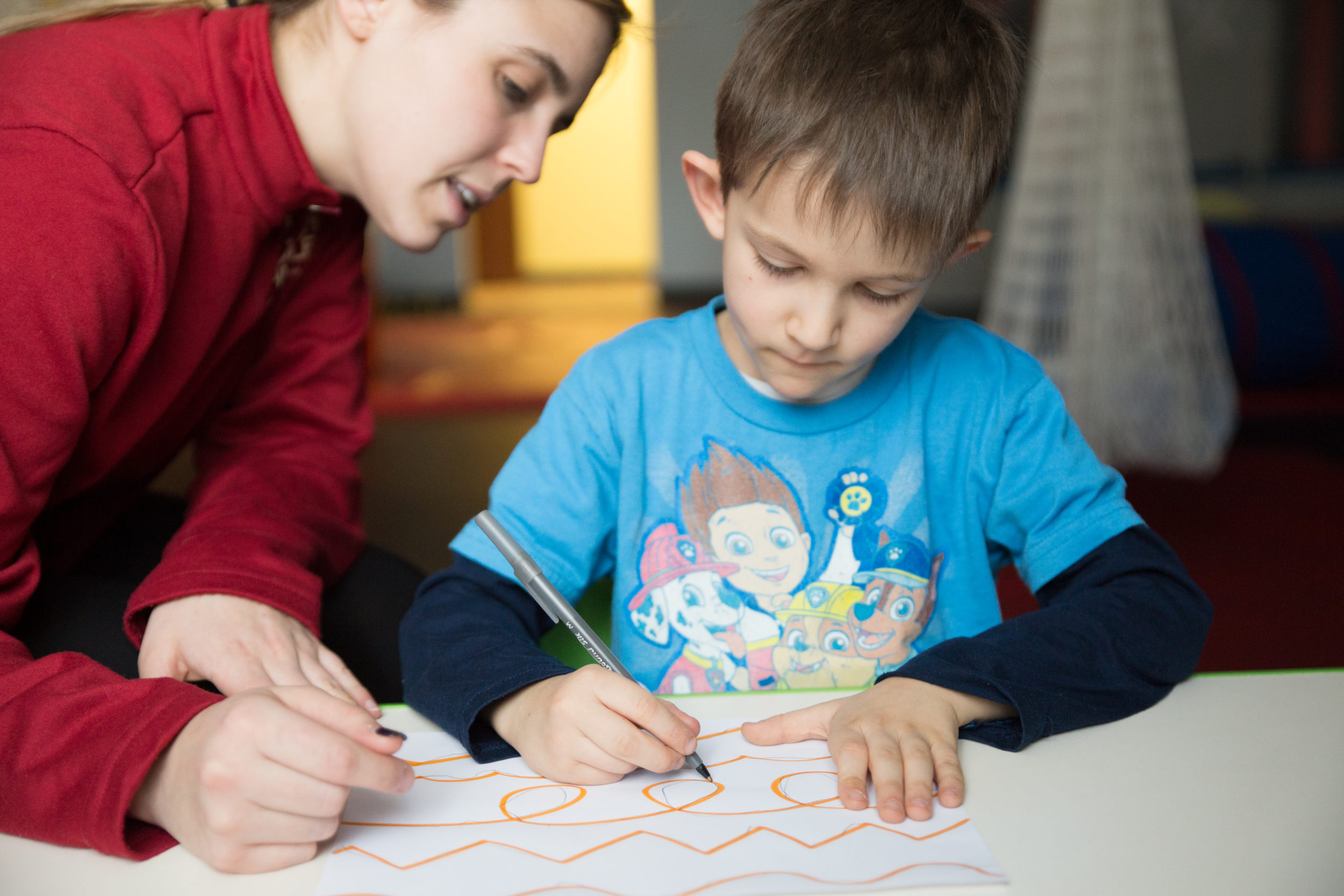
Another question parents frequently ask is: “Will my child need this amount of hours forever?” Therapy hours will be faded out when the client shows significant gains in functional independence, generalization of skills to different environments, and a significant reduction in interfering behaviors across all environments. Hours can be increased or decreased depending on how the child is responding to treatment.
Research shows that 30-40 hours a week are best when the goal is to close the learning gap across development domains with that of neurotypical peers. The Council of Autism Service Providers’s practice guidelines advise that children who are under 3 years of age with an ASD diagnosis have greatest outcomes with 25-30 hours a week, and children who are approaching the age of 3 have greatest outcomes with 30 or more hours a week.
When a child is recommended to receive comprehensive ABA treatment (26 hours or more), it is common for this to be challenging for parents to commit to. This is understandable, but per the practice guidelines, it is noted that time spent away from therapy can lead to greater skill deficits or behavioral challenges. Board Certified Behavior Analysts will typically explain that receiving intensive services as soon as recommended will give the child a greater chance at reducing the amount of services and time spent in therapies as the individual gets older.
Balancing Family’s Needs
Regardless of the amount of hours clinically recommended for your child, each child’s treatment program will be detailed and individualized. It will take into account all variables of the child and the needs of the family. It is a big change to begin ABA therapy, and we view our role as partners in that journey. If parents have any questions about ABA or getting started, our team is here to help anyway we can. You can reach us at (815) 469-1500 or email family@westsidect.com. Source(s): The Council of Autism Service Providers. (2014). Applied behavior analysis treatment of autism spectrum disorder: Practice guidelines for healthcare funders and managers (2nd ed.). Wakefield, MA: Author. Retrieved from: https://casproviders.org/wp-content/uploads/2020/03/ABA-ASD-Practice-Guidelines.pdf

